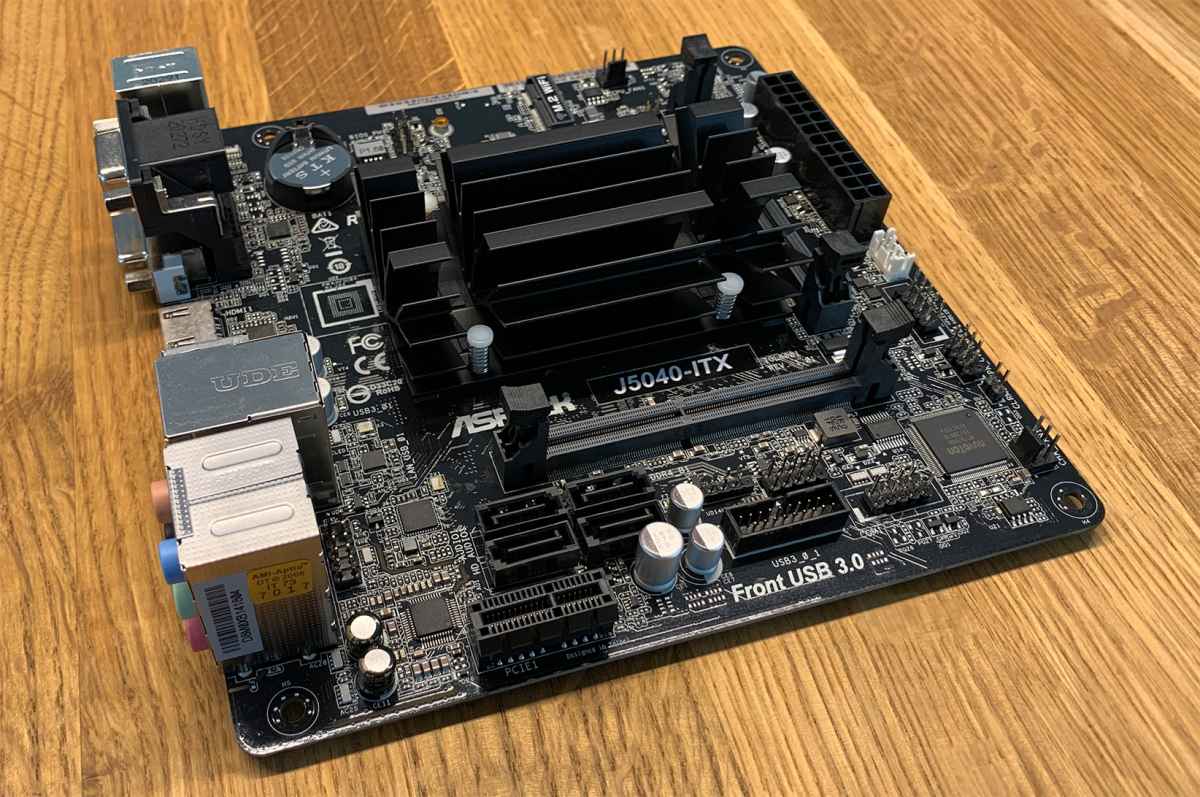Hi there.
I currently have a number of individual servers that I would like to combine into one machine:
Raspberry Pi3B+ - running Homeassistant
Odroid HC2 - running Openmediavault (with TVHeadend)
Rasberry Pi1 - running PiHole
I have been patiently waiting for a Raspberry Pi4B (8GB) to become available but I have started to wonder whether ARM devices are necessarily the way to go.
With energy prices the way they are, I want to keep energy usage to a minimum wherever possible.
Are there any mini PCs that can use a similar wattage to ARM devices?



